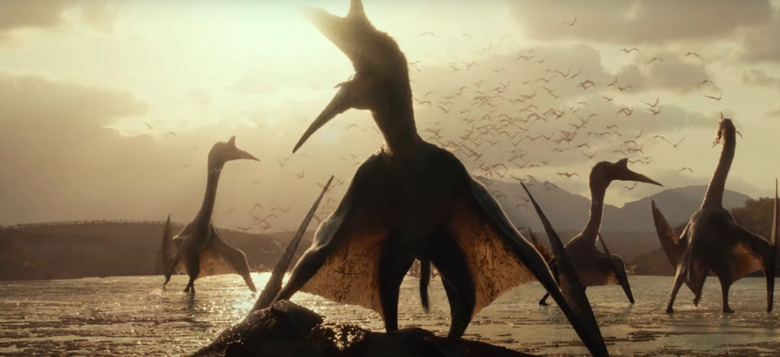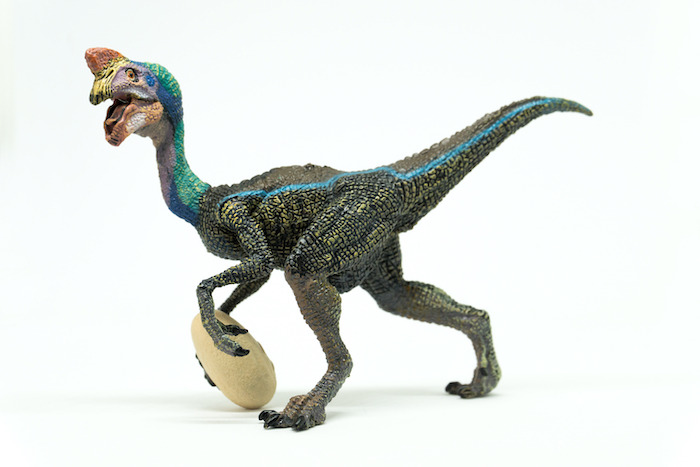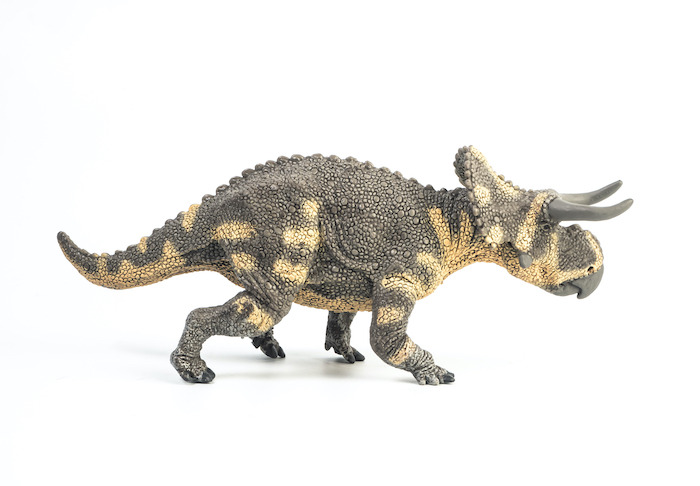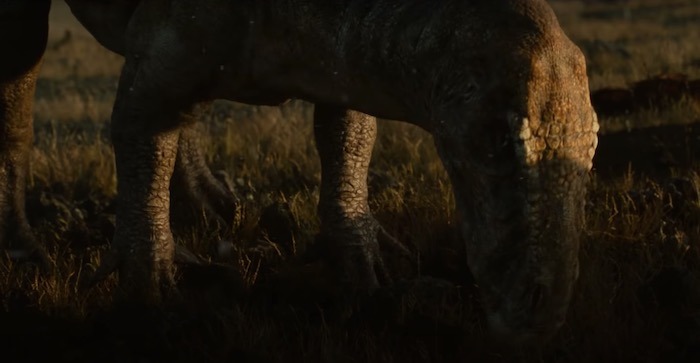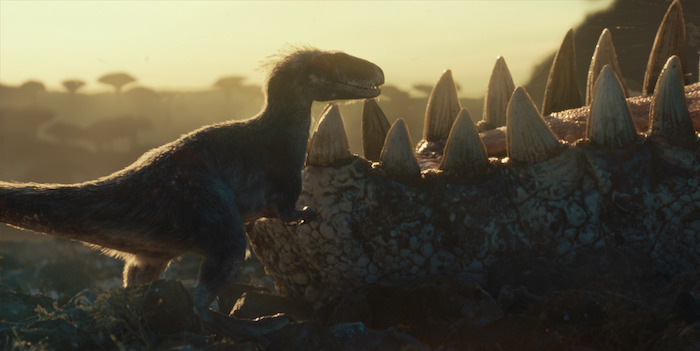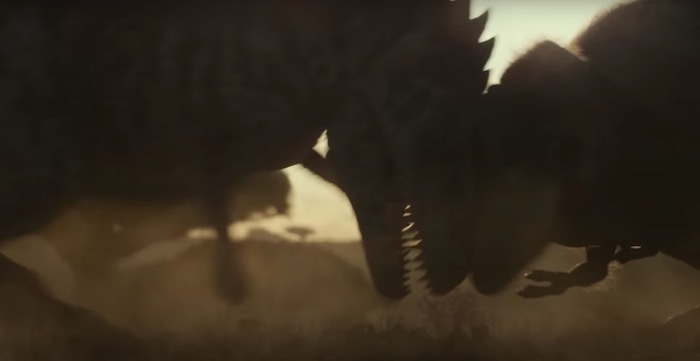Every Dinosaur In The 'Jurassic World: Dominion' IMAX Preview: Our Handy Cheat Sheet
The IMAX extended preview for Jurassic World: Dominion is, unsurprisingly, chock-full of dinosaurs. What kinds of dinosaurs, you may ask? Well, I have answers for you!
Director Colin Trevorrow worked with Industrial Light and Magic to create a sequence that shows seven new species of dinosaurs in their natural habitat circa 65 million years ago. Those dinosaurs go by pretty quickly — it's a short piece of footage, after all — and for dinosaur enthusiasts who, like avid birders, want to chronicle each sighting, I've put together a dino-spotting checklist.
Before you check out the preview this weekend, give this list a careful read (or print it out and bring it to the theater with you!). When it comes to dino-spotting, it's best to be prepared.
Dreadnoughtus
As its name suggests, this sauropod is big. Really big. Estimates put this Titanosaurus at 85 feet long, 20 feet high to the shoulder, and weighing approximately 65 tons. The name is an intimidating one for an herbivore, but when you're one of the largest terrestrial vertebrates ever known, you're kind of a big deal and shouldn't be afraid to show it.
Quetzalcoatlus
Quetzalcoatlus is a pterosaur, which means they could fly. Flying might not seem like a big deal to you (birds do it all the time!) but Quetzalcoatlus, with its 36-foot wingspan, was huge. Like other pterosaurs, they were quadrupeds when moving on the ground. Unlike other flying dinosaur species, however, Quetzalcoatlus' limb proportions were more like a gazelle's. What does that mean? Those who know better than me suggest they could have been more comfortable on land than other prehistoric flyers.
Oviraptor
Oviraptors are another appropriately named dinosaur: they loved to eat eggs. They were smaller dinosaurs, coming in at around five feet long and weighing around 80 pounds. Oviraptors were also feathered and had a horny beak like a parrot's, making them look decidedly bird-like. The one in the Dominion preview is feathered up and looks like a prehistoric rooster, albeit a rooster that could still likely beat up a human....even those humans who think they'd win a fight against a goose.
Nasutoceratops
Nasutoceratops, whose name translates into "big-nosed, horned face," is a close relation to the very popular triceratops. The large herbivores previously found their way into the Jurassic universe through the video game Jurassic World: Evolution. No one knows why they have their horns, though the popular theory is that they were "visual signals of dominance" that could also mess you up if you got too close.
Iguanodon
Iguanodons were herbivores and were thought to be both bipedal and quadrupedal depending on their mood. They weigh about 3.4 tons and were 33-43 feet long. Iguanodons have narrow skulls and, as their name suggests, teeth similar to an iguana's. They were herbivores, just like their modern-day namesake.
Moros Intrepidus
Paleontologists discovered Moros Intrepidus only a couple of years ago. People call it the "tiny tyrannosaurus" because is (kind of) tiny. Coming in at approximately 170 pounds and approximately deer-sized, it certainly was smaller than the popular T-Rex. It also was around before other tyrannosaurs and was likely the ancestor to Tyrannosaurus Rex. In the preview, you see an Interpidus nibbling between the teeth of a much larger dinosaur. And that larger dinosaur is...
Giganotosaurus
That bigger dinosaur happens to be the biggest of them all — Giganotosaurus. Colin Trevorrow had been holding back having the largest known terrestrial carnivore in the Jurassic World franchise...until now. We see one get in a brawl with a scientifically accurate T-Rex in the preview, and things sadly don't turn out so well to the so-called King of the dinosaurs. Giganotosaurus will be the big bad in Dominion — here's to hoping that our present-day T-Rex will come out on top.

